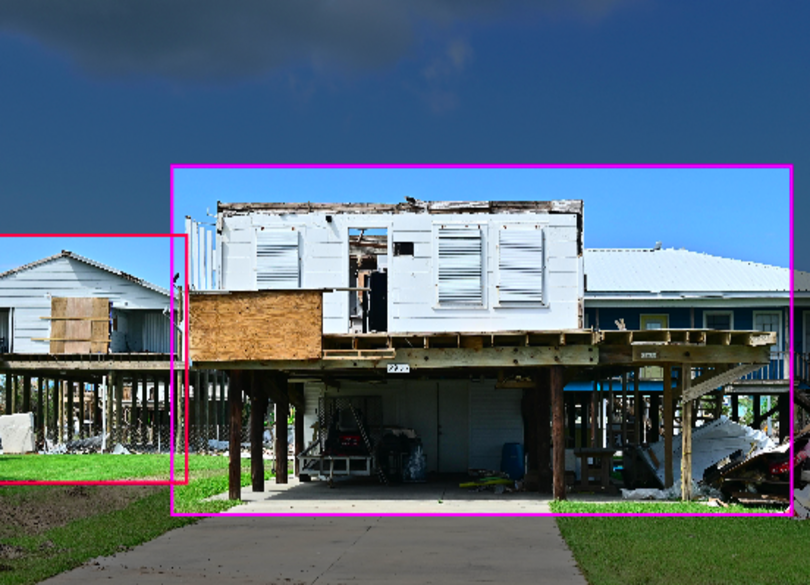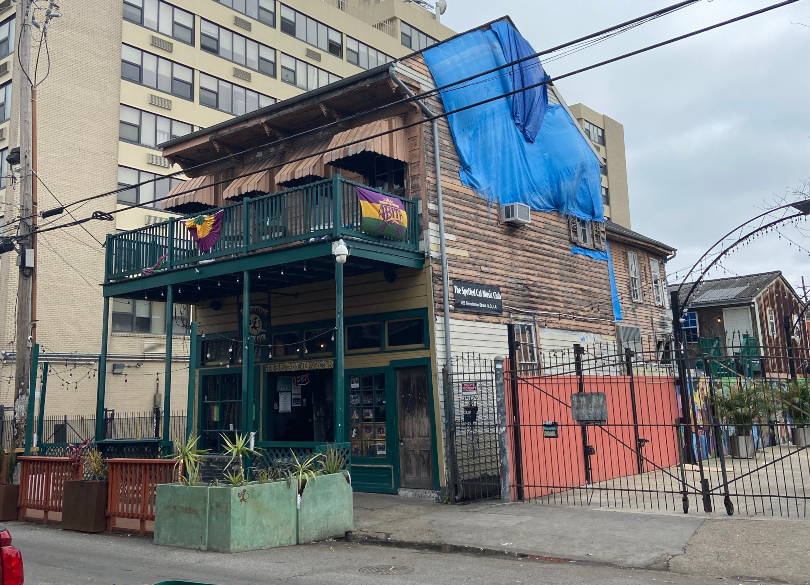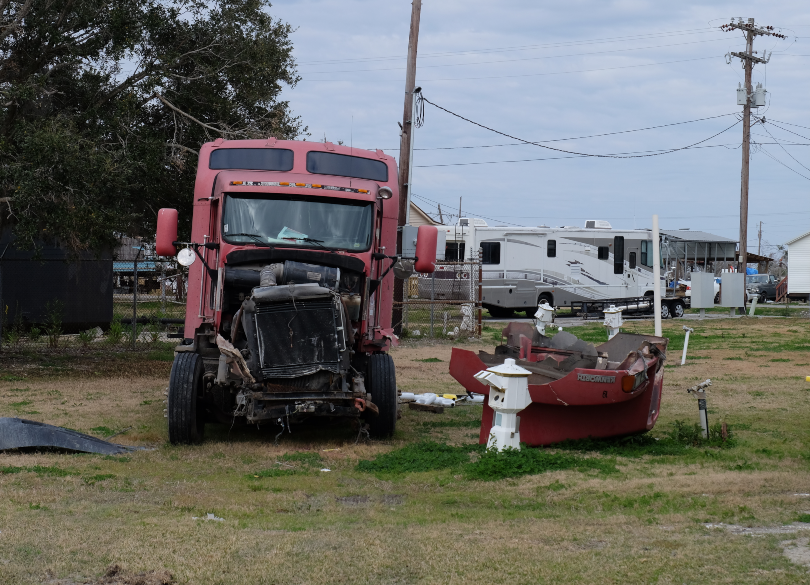Street Level Analysis
Use of machine learning in damage assessment has been implemented by FEMA and emergency responders in the recovery process. Damage assessment machine learning algorithms help users better understand where damage is located and how to prioritize aid. Yet, many current methods reinforce existing inequalities. We asked questions about the data collection process, composition of training data, and annotation methods to better understand who this algorithm leaves behind and what the implications when machine learning predictions are incorrect. We curated new datasets and new methods to address those concerns. Our goal was to prevent bias in machine learning tools while making it more accessible and understandable to a wide variety of users.











